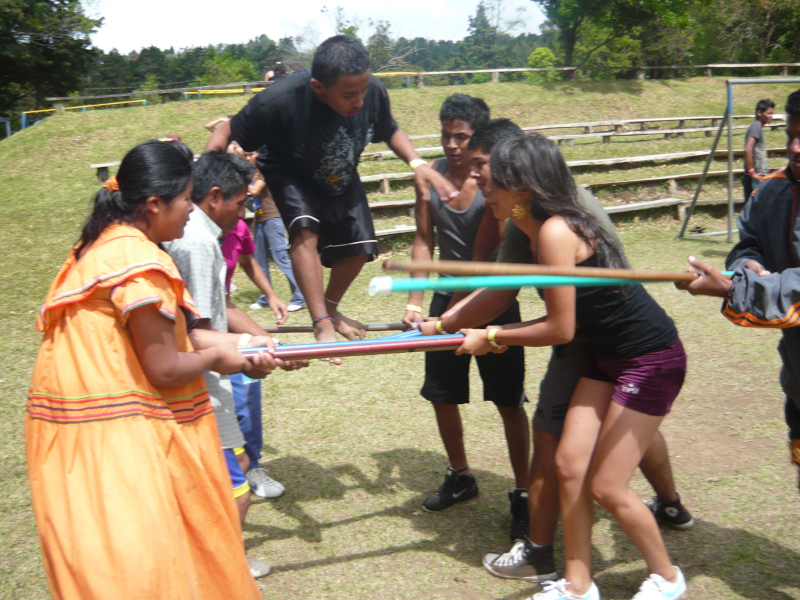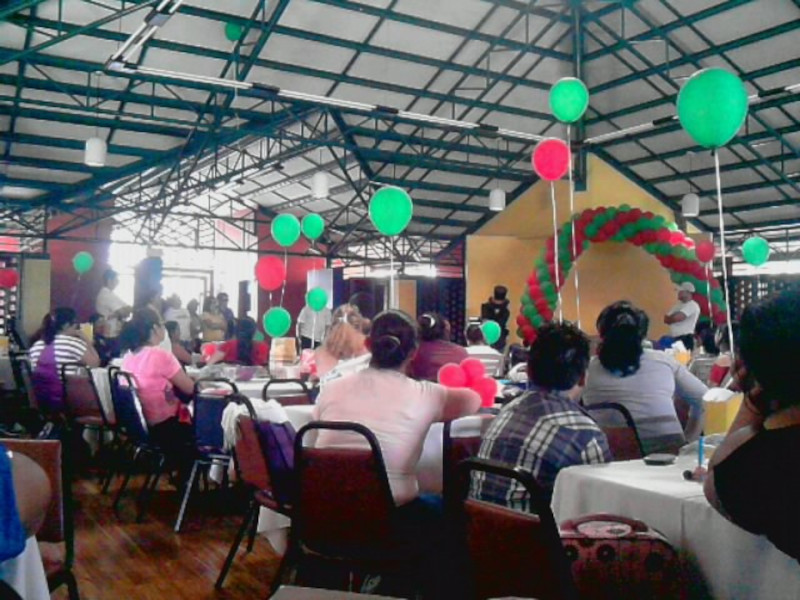- Inicio
- Movimiento Humano y Recreación Para Una Mejor Calidad de Vida de Las Poblaciones Infantil, Juvenil, Adulta y Adulta Mayor En Vulnerabilidad Social TC- 537
Movimiento Humano y Recreación para una mejor calidad de vida de las poblaciones infantil, juvenil, adulta y adulta mayor en vulnerabilidad social TC- 537
TC-537 began in the first cycle in 2007 under the name of Human Movement and Recreation for a better quality of life for children, youth, and adult populations at risk. It continued until the second cycle in 2010, for four years under the coordination of Professor Carlos Ballestero Umaña. In 2011, the program was renewed and the areas of coverage and the target population were expanded, the name was slightly modified and became Human Movement and Recreation for a better quality of life for children, youth, adults, and elderly people in social vulnerability, as it is known today. It is currently in charge of Professor Cecilia Romero Barquero.
This project seeks to contribute to public and non-governmental institutions that meet the psychosocial needs of children, young people, adults, and elderly people, as well as communities within and outside the metropolitan area that are in social vulnerability, through the implementation of physical, recreational, educational, and therapeutic activities that promote a better quality of life.
General Objective:
-
To contribute to the quality of life, better use of free time, and healthy lifestyles in communities, public institutions, and non-governmental institutions that address the psychosocial or physical-motor needs of children, youth, adults, and older adults in social vulnerability through the implementation of physical, sports, recreational, therapeutic, and socio-educational activities.
Specific Objectives:
-
To facilitate recreational activities to the population involved; in order to foster quality of life, healthy lifestyles and good use of spare time.
-
To foster educational or therapeutic processes to the involved communities or institutions that address psychosocial or physical-motor necessities; in order to facilitate the application of these processes on a daily basis.
-
Through recreational-educational and socio-therapeutic activities, as well as continuous evaluations of the process intervention projects are planned and will be developed in a community or institution.
What activities are carried out?
-
We also attend to requests from institutions that occasionally ask for support from the School of Physical Education and Sports for the development of projects related to the sciences of human movement and recreation.
-
We develop workshops, training, talks, and gatherings for communities and institutions, prepare educational material, and participate in fairs, festivals, gatherings, and camps.
-
It is carried out in communities and institutions inside and outside the metropolitan area. For example, at Fundación VACROM, Kinder Estrellita, Comité Cantonal de Deportes y Recreación de la Municipalidad de Moravia, Fundación Parque La Libertad, Proyecto de Voluntariado y Responsabilidad Social de la Municipalidad de Curridabat, Hogar Infantil Turrialba, among others.
-
To be part of this project requires a willingness to participate in recreational, educational or outdoor activities, as well as to work with socially vulnerable communities and institutions within and outside the metropolitan area. To have the desire to share with populations of different ages, availability of time to carry out activities during the week and on weekends and creativity for the generation of work proposals.
Contribution of the project to the country:
The TCU project is very important for communities. It offers programs, lectures, workshops, gatherings, festivals, camps, among many other activities, that are offered to communities that are socially vulnerable and have scarce economic and human resources due to their condition. Additionally, without the intervention of this type of project, they would not have the opportunity to access activities that enhance their physical and mental health. Therefore, the program generates a social, educational, recreational and therapeutic contribution to populations of different characteristics and areas of the country.
Documents




